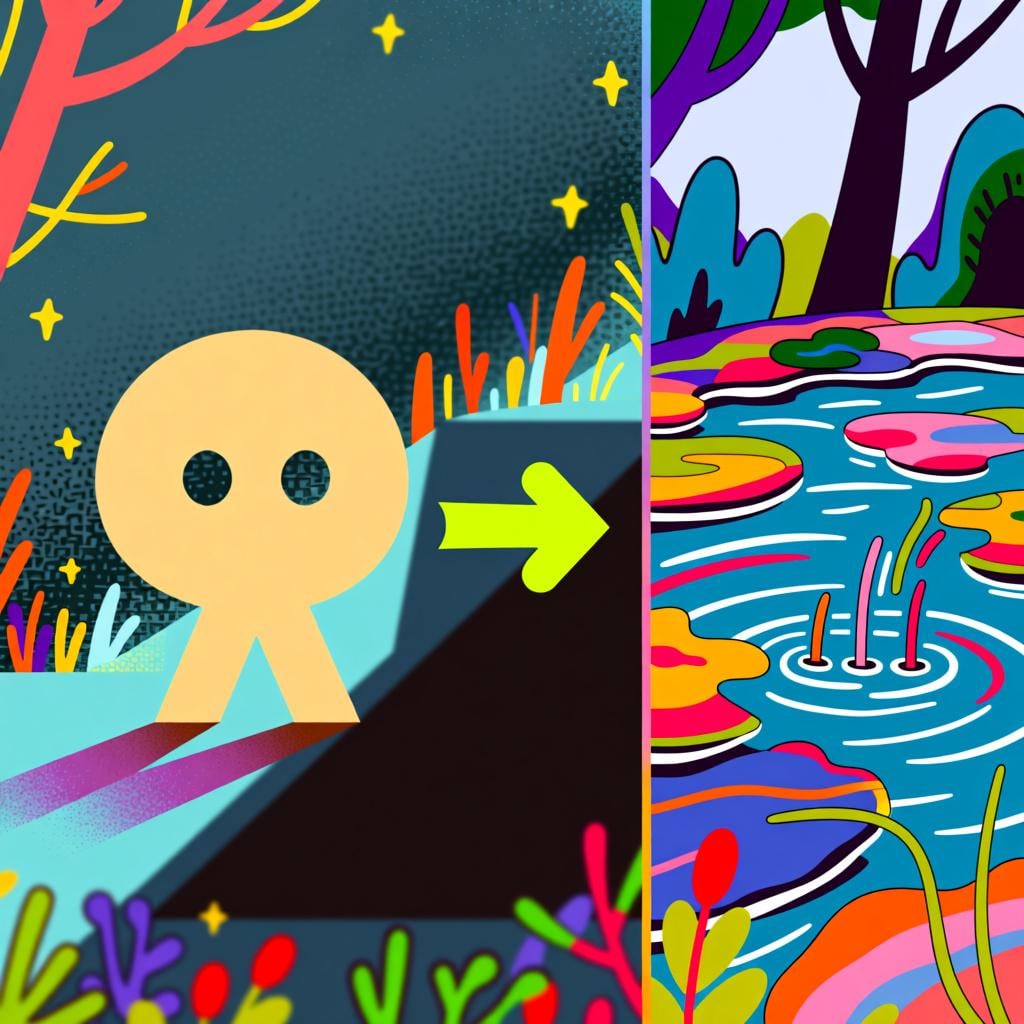significa
/sig-nee-FEE-kah/
it means

The image visualizes how 'significa' introduces the meaning or definition of a word, showing a concept linking to its corresponding item.
significa(Verb)
it means
?defining a word or concept
it signifies
?a slightly more formal way to define something
📝 In Action
¿Qué significa 'agua'?
A1What does 'agua' mean?
Esta señal significa que no puedes entrar.
A2This sign means that you can't enter.
En español, 'libro' significa 'book'.
A1In Spanish, 'libro' means 'book'.
💡 Grammar Points
The 'It' Form
'Significa' is the form for 'él/ella/usted' (he/she/you formal), but we mostly use it for 'it'. When you ask what a word means, the word is the 'it' doing the meaning.
Spelling Changes
Notice the spelling changes to keep the hard 'k' sound. The 'yo' form in the past is 'signifiqué', and the present subjunctive forms use 'que' (signifique, signifiques, etc.).
❌ Common Pitfalls
'significa' vs. 'significado'
Mistake: "La significa de la palabra es 'amor'."
Correction: El significado de la palabra es 'amor'. 'Significado' is the noun for 'the meaning', while 'significa' is the action verb 'it means'.
⭐ Usage Tips
Your Go-To Question
The phrase '¿Qué significa...?' is your best friend when learning new words. You can point to an object and ask, '¿Qué significa esto?' to learn its name.

This visualization captures the meaning of 'significa' when expressing deep personal value or importance, like friendship meaning everything.
significa(Verb)
it means a lot
?emotional importance
it matters
?expressing personal significance
,it represents
?symbolism
📝 In Action
Tu amistad significa mucho para mí.
B1Your friendship means a lot to me.
Para un atleta, ganar una medalla significa todo.
B1For an athlete, winning a medal means everything.
La paloma blanca significa la paz.
A2The white dove represents peace.
Un aumento de sueldo significa que podré viajar.
B2A pay raise means I'll be able to travel.
⭐ Usage Tips
Beyond Definitions
Use 'significa' to talk about the deeper importance or consequences of something. It's not just about what a word means, but what an action or event means for you or for a situation.
🔄 Conjugations
indicative
present
imperfect
preterite
subjunctive
present
imperfect
✏️ Quick Practice
💡 Quick Quiz: significa
Question 1 of 1
Which sentence uses 'significa' to talk about emotional importance, not a definition?
📚 More Resources
Frequently Asked Questions
What's the difference between 'significa' and 'es'?
'Significa' is used to explain the meaning, symbol, or importance of something (What does this mean?). 'Es' is used to state what something is, its identity, or a permanent characteristic (What is this?). For example, 'Esto significa peligro' (This means danger) vs. 'Esto es peligroso' (This is dangerous).
I've seen 'signifiqué' and 'signifique'. Why the 'qu'?
Great question! It's a spelling rule to keep the sound right. The letter 'c' in Spanish makes a 'k' sound before 'a', 'o', 'u' (like in 'significa'), but a soft 's' or 'th' sound before 'e' or 'i'. To keep the hard 'k' sound before an 'e', we have to change the 'c' to 'qu'. This happens in the past tense ('yo signifiqué') and in the present subjunctive ('que yo signifique').